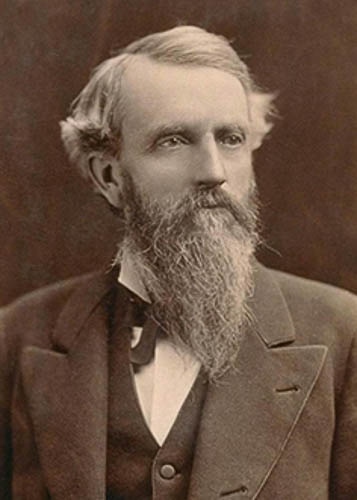
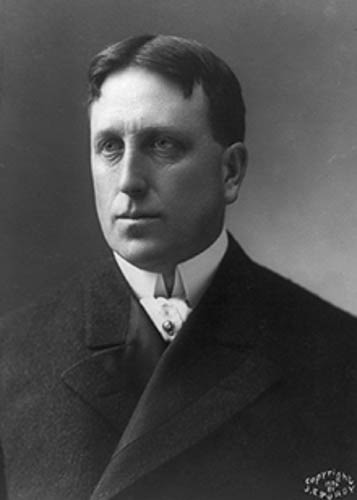
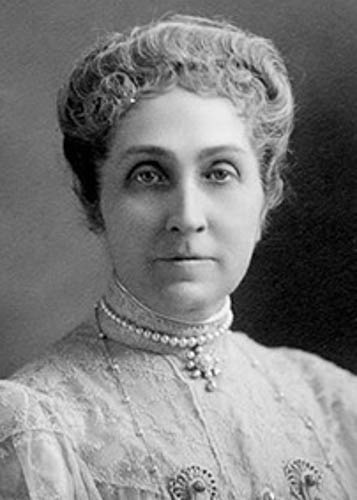
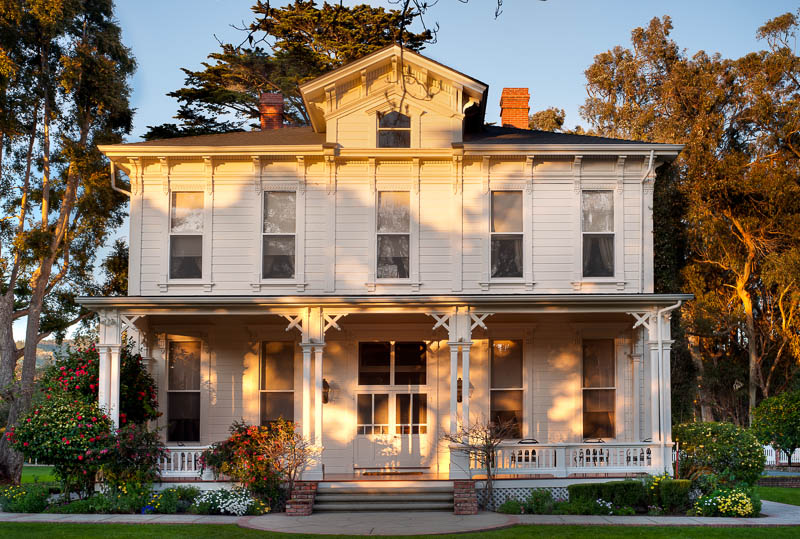
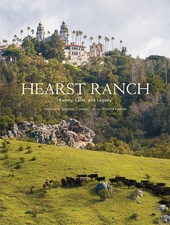
Excerpted from Hearst Ranch: Family, Land, and Legacy. Copyright © 2013 by the Hearst Corporation. To purchase a copy, please contact us at (805) 927-4611
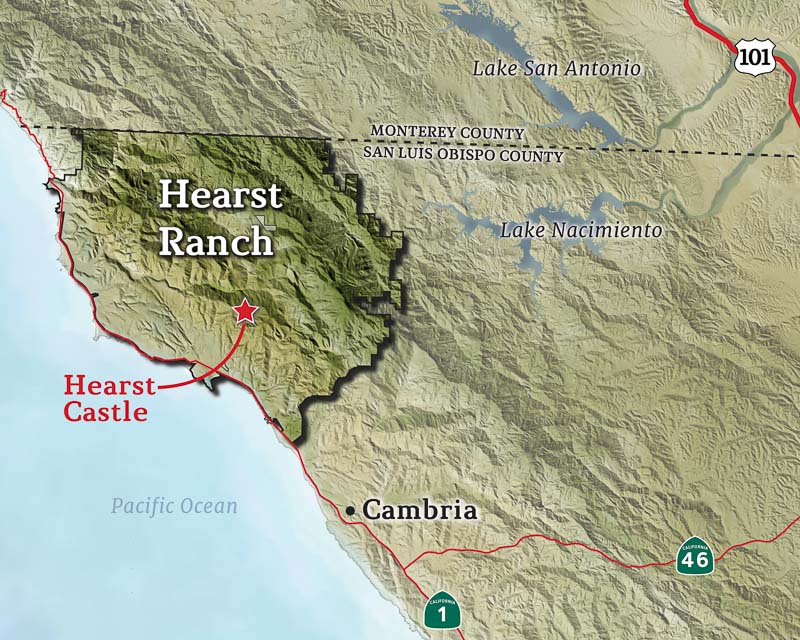
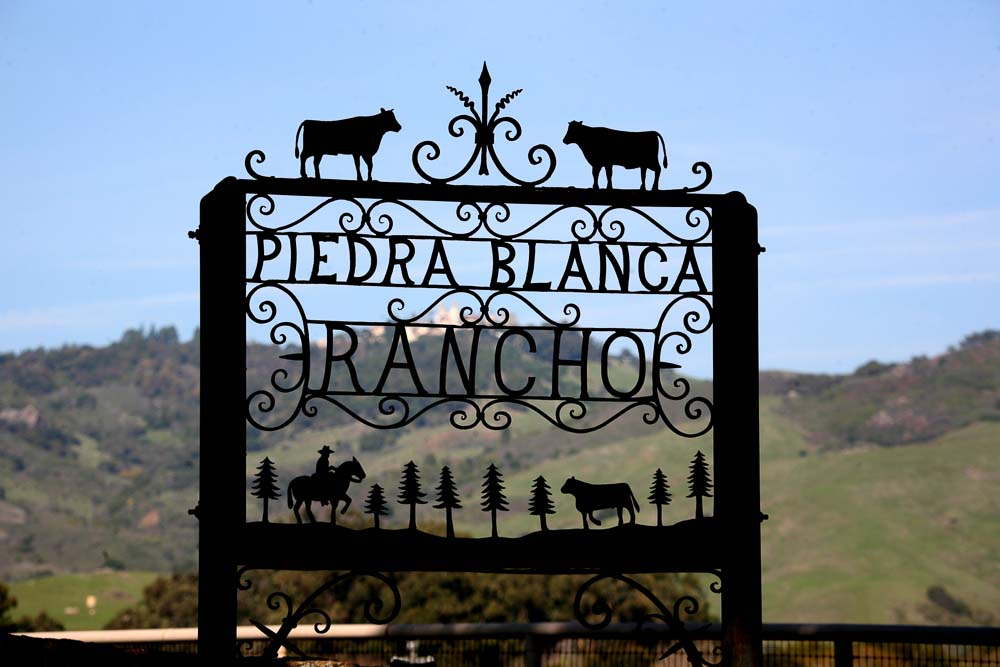




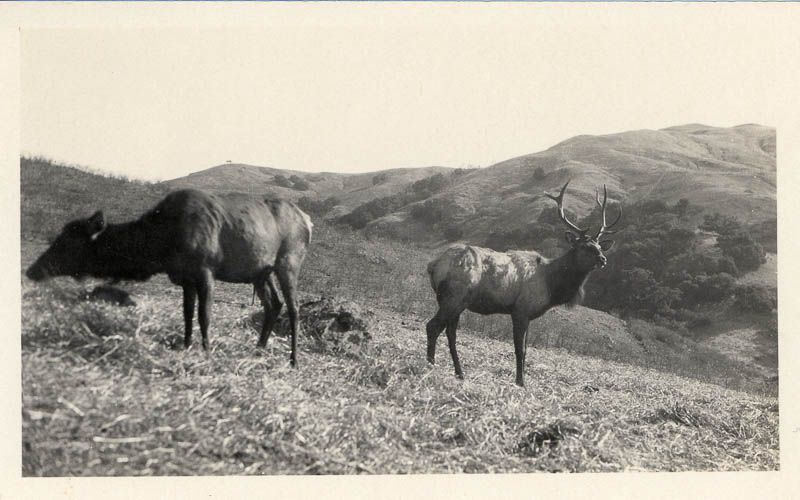
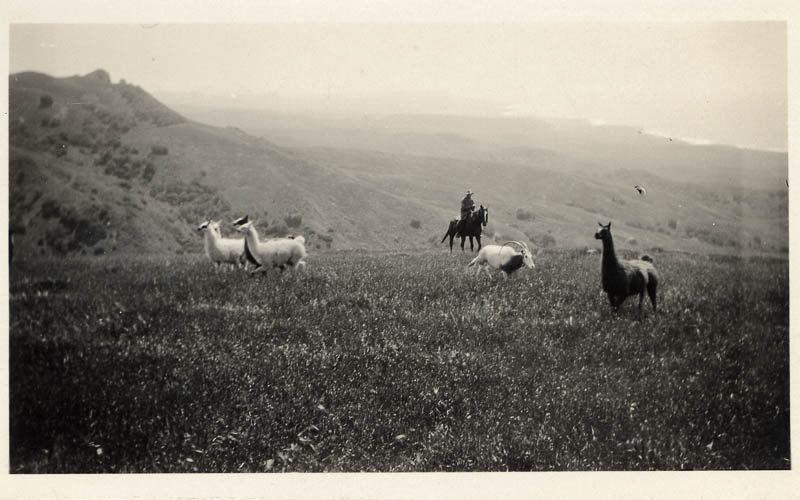
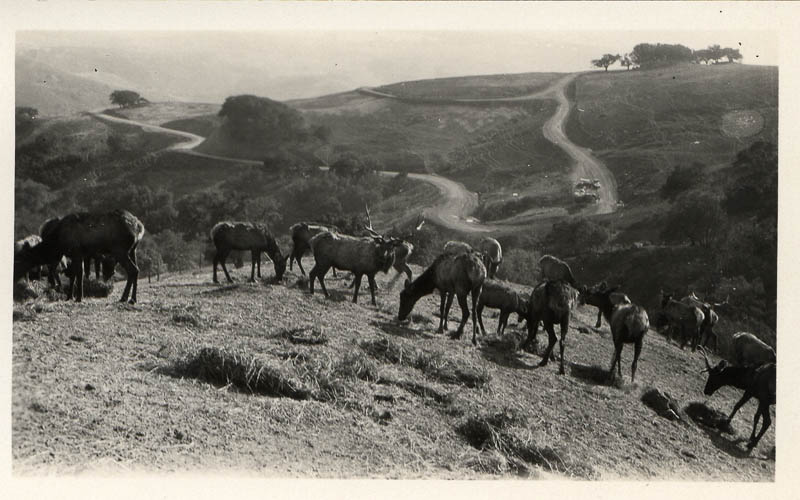
The Hearst Corporation still operates the ranch surrounding the Castle, and the Hearst family takes great pride in this property and it is maintained to the highest of standards. The size, high quality of the rangeland, as well as the extremely diverse assemblage of plants and animals is what makes this ranch unique and a jewel of California’s Central Coast. The Hearst Ranch Conservation Project protected the Ranch’s working landscape and conservation values: agricultural productivity, biodiversity, and scenic vistas and coastlines. Today the ranch surrounds the Hearst Castle and comprises 83,000 acres, one of the largest working cattle ranches on the California coast.
